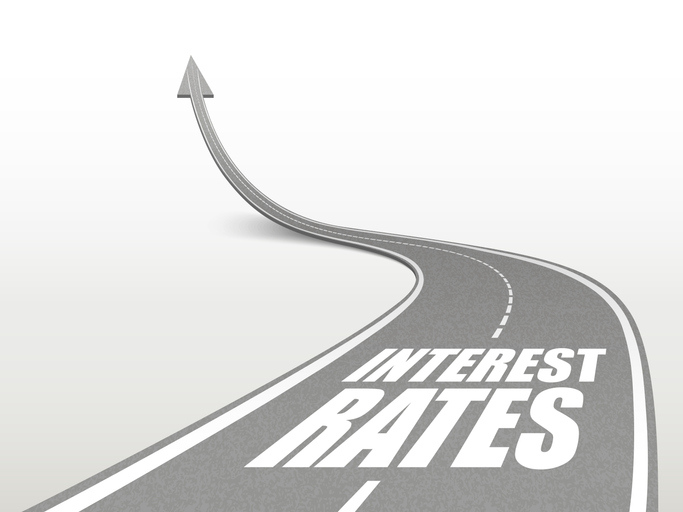The Global Inflation Outlook
The comments below are an edited and abridged synopsis of an article by Tyler Durden
The IMF has said that it expects inflation pressures to be significant around the world throughout 2022.
In fact, inflation is predicted to be worse in developing economies, where price increases are projected to reach 9.9% on average over the course of this year. In developed nations, this number was estimated at 7.2% by the IMF.
Following the invasion of Ukraine by Russia, the IMF revised its inflation projections upwards by 3.3% for developed countries and by 4% for developing nations.
This shows that, even before the war in Ukraine disrupted global energy and food supplies, inflation projections were already high as supply chains were overstretched by restocking needs after Covid lockdowns had already caused inflation to rise to levels not seen since the Great Recession.
Worse still, global growth expectations are faltering fast, prompting fears of global stagflation.
Because many developing nations are experiencing economic growth, inflation is generally higher in these countries. But this doesn’t mean that inflation cannot hit non-industrialized countries hard if it happens at a time when their economies are struggling.
Countries experiencing conflict, upheaval or major economic problems in 2022 are expected to see inflation rates far above the global average of 8.8%. Among them are Venezuela, Sudan, Zimbabwe, Turkey and Argentina.
Ninety-five countries are projected to see inflation above 5% but below 10%.
This is more than the +/- 80 that are expected to keep inflation at or below the 5% mark.


